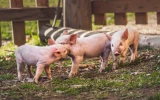Is Ostrich Farming Profitable? (Full Breakdown)
Ostrich farming, an unconventional but increasingly popular agricultural practice, centers around raising ostriches for their meat, feathers, and leather. This industry presents unique challenges and opportunities, with profitability often hinging on factors like market demand, farming techniques, and initial investment costs. In this exploration, we delve into the economic aspects of ostrich farming, offering a comprehensive breakdown of its potential profitability.
Ostrich farming can be profitable due to the high demand for meat, leather, and feathers. Startup costs are high, approximately $500-$1,500 per chick. Breeding pairs cost around $20,000. The average profit per bird is about $500. Ostriches reach slaughter age at 12-14 months, yielding about 100 pounds of meat.
If you dream of starting an ostrich farm, don't underestimate the space requirements- these birds need ample room to move around, find food, and mate. Providing enough space for them to thrive can directly impact your farm's profitability. As we explore ostrich farming further, we'll look at the recommended number of ostriches per acre for optimal results.
Summary
- Ostrich farming can be quite profitable, with estimated profit margins ranging from 30-50% or higher, due to ostriches efficiently converting feed into premium lean meat that fetches good market prices.
- Revenue on an ostrich farm can be generated from multiple sources including meat, leather, feathers, eggs, live chicks, breeding stock, and agritourism activities, with meat production being the primary driver of profits.
- Initial set-up costs for an ostrich farm can be substantial, with land purchase, fencing, shelter, breeding stock, and equipment like incubators running from tens of thousands to over $100k depending on scale.
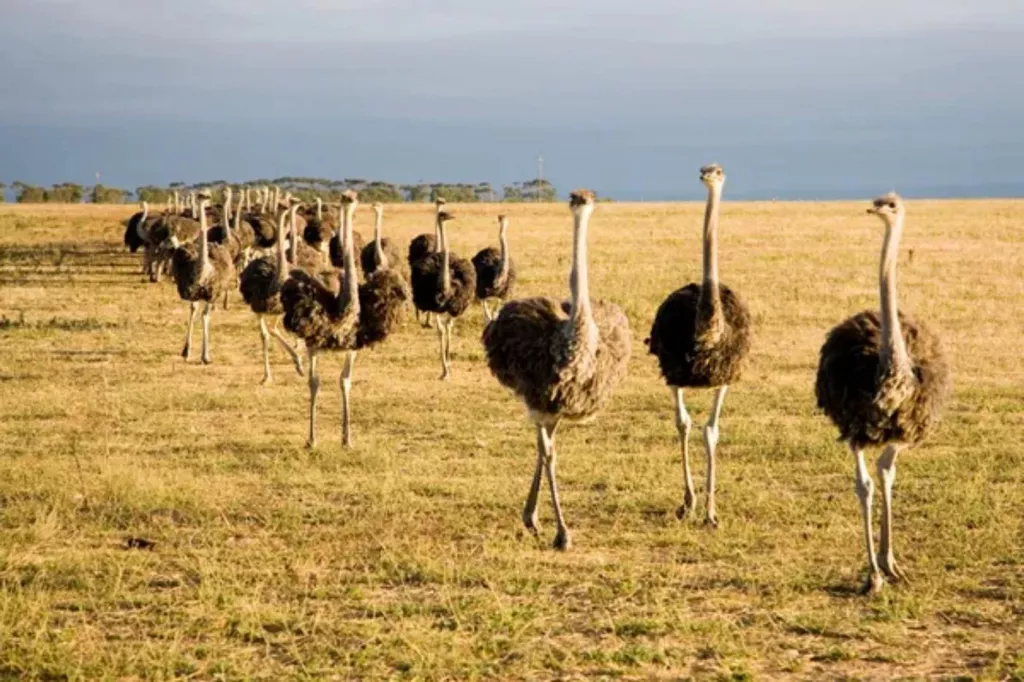
On this page:
Potential Profits From Ostrich Farming
Launching an ostrich farm does require an initial investment that covers land, stock, feed, fencing, and associated start-up costs.
Over time, this investment can lead to a profitable venture with several revenue streams, including meat, leather, feathers, and even tourism if you open your farm to visitors.
| Cost Element | Est. Range ($) |
|---|---|
| Initial investment | 10,000 - 50,000 |
| Annual running costs | 5,000 - 20,000 |
Revenue from selling ostrich products can vary, but here's what you might expect:
| Product | Est. Revenue Range ($) |
|---|---|
| Meat | 3,000 - 30,000 per ostrich |
| Leather | 500 - 2,000 per hide |
| Feathers | 200 - 500 per bird |
The beauty of ostrich farming lies in its high return on investment. Ostriches produce more meat compared to traditional livestock, and their meat is sought after for being leaner and healthier.
With efficient management and marketing, your farming operation can achieve a profit margin that outpaces those of many other agricultural endeavors.
Remember that market conditions and proper farm management play pivotal roles in achieving profitability in ostrich farming. Your dedication to learning about ostrich care and market strategies will be essential to the farm's success.
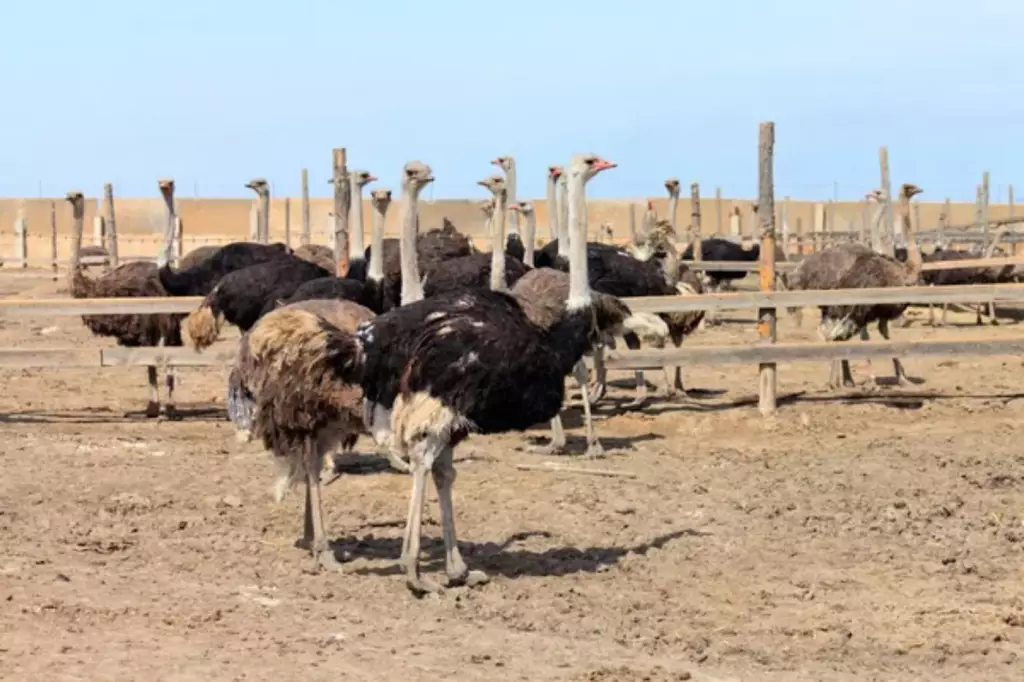
How much do ostrich farmers make?
Your earnings largely come from selling ostrich meat, a lean and coveted source of protein, often fetching prices from $10-15 per pound for ground meat to $25-50 per pound for filets. Other profitable aspects include selling live chicks, unfertilized eggs, and mature birds.
Earning breakdown:
| Product | Estimated Price Range |
|---|---|
| Ground meat | $10 - $15 per pound |
| Filets | $25 - $50 per pound |
| Unfertilized eggs | Around $40 each |
| Live chicks | Up to $500 each |
| Mature birds | As much as $40,000 each |
Calculating profit margin
Let's assume:
- Initial investment: $30,000
- Annual running costs: $20,000
Revenue from 25 ostriches:
- Meat: $22,500 ($900 per ostrich x 25 ostriches)
- Leather: $6,250 ($500 per hide x 25 hides)
- Feathers: $5,000 ($200 per bird x 25 birds)
Total revenue: $33,750
Profit = Total revenue - Costs = $33,750 - $20,000 = $13,750
Profit margin = (Profit / Revenue) x 100 = ($13,750 / $33,750) x 100 = 41%
The profit margin range for ostrich farming seems to be quite high, mostly ranging from 30-50% or more based on the premium meat prices and efficient feed conversion.
Costs Involved in Ostrich Farming
How much does it cost to start an ostrich farm
Starting an ostrich farm requires a comprehensive budget plan as costs can vary significantly based on scale, location, and resources.
Initial set-up costs
| Item | Cost Range |
|---|---|
| Land purchase | Prices vary widely by location |
| Fencing & security | $500 - $2,000+ |
| Shelter & barns | $1,000 - $10,000 |
| Breeding stock | $500 - $3,000 per bird |
| Incubators | $200 - $1,000 |
-
Land purchase: This covers the cost of purchasing suitable land to raise ostriches. Prices vary widely depending on location, acreage, and other factors.
-
Fencing & security: Ostriches require sturdy, high fencing (6-8 feet tall) to contain them. This covers fencing materials and installation costs. Security systems may also be needed to deter theft.

-
Shelter and infrastructure: Your ostriches will need shelters for protection against the elements and predators. Set-up costs for barns or shelters can run from $1,000 to $10,000. Additionally, adequate fencing to secure your area is crucial, with expenses ranging from $500 to $2,000 or more.
-
Breeding stock: The core investment in ostrich farming lies in the purchasing of healthy breeding stock. Expect to spend around $500 to $3,000 for each bird, depending on its age, health, and breeding potential.
-
Incubation equipment: A reliable incubator is necessary to manage and hatch ostrich eggs. These can cost between $200 and $1,000.
Operating costs
| Operating Expense | Cost Range |
|---|---|
| Ostrich feed | $100 - $250 per bird annually |
| Water | Varies by location |
| Labor | $15,000 - $30,000+ per year |
| Veterinary care | $200 - $500 per bird annually |
| Insurance | 2-5% of gross revenue |
| Utilities | Varies by location |
| Maintenance | $500 - $1,500 per year |
| Transportation | Varies based on mileage and fuel costs |
| Marketing | Wide range, can be several thousand per year |
- Ostrich feed: Ostriches primarily eat grains like corn and specialized pellets. Expect to spend $100 - $250 per bird annually. Feed costs are one of the biggest costs to farmers.
- Water: Access to clean water is essential, with costs varying based on local rates.
- Maintenance: Regular farm maintenance may run from $500 to $1,500 yearly.
- Labor: Ostrich farming is labor intensive. Hiring farm hands can cost $15,000 - $30,000+ per year.
- Veterinary care: Annual check-ups and medications may cost $200 - $500 per bird.
- Insurance: Specialized ostrich insurance usually costs 2-5% of gross revenue.
- Utilities: Electricity, gas, waste removal, etc. Varies by location.
- Transportation: Moving birds and products requires a trailer or truck. Fuel and maintenance costs add up.
- Marketing: Advertising, website, packaging/shipping materials for selling products.
Time investment
- Daily care: Feeding, cleaning, and health monitoring are daily tasks.
- Breeding & hatching: This requires expertise and time but is critical for farm sustainability.
Factors Influencing Ostrich Farm Profits
When considering the profitability of raising ostriches, various factors come into play that can influence your bottom line.
Revenue streams
- Meat production: Ostrich meat, known for its health benefits, commands a good price in the market. Your profitability can be high given that ostriches efficiently convert feed into meat.
- Egg sales: While not all eggs are for hatching, selling ostrich eggs can provide additional income.
Market demand and productivity
- Meat and egg demand: Your profit margins will depend on the current market demand for ostrich meat and eggs, which varies regionally.
- Productivity rate: The rate at which your ostriches reach market size or lay eggs affects your turnover rate and ultimately your profits.
Environmental impact and sustainability
- Climate: You must consider your local climate, as ostriches thrive in certain temperatures.
- Nutrition: A balanced diet is essential for bird health, impacting productivity and resilience against illnesses.
Ideal Number of Ostriches per Acre
Ostriches require sufficient space for exercise, foraging, and breeding, which impacts their overall well-being and productivity.
Suitable land allocation
Here's a simple breakdown of land allocation per ostrich:
| Age Group | Space per Bird | Estimated Range |
|---|---|---|
| Breeding pairs/trios | 1/3 - 1/2 acre | 1 pair/trio |
| Growing chicks | 1/4 acre | 2-3 chicks |
| Adult birds | 1/2 acre | 3-4 adults |
- Breeding pairs or trios: Allocate approximately 1/3 to 1/2 acre for each breeding pair or trio. This gives them enough space to exhibit natural behaviors and reduce stress.
- Growing chicks: Provide around 1/4 acre for every 2-3 chicks. Young ostriches need room to grow and develop properly.
- Adult birds: For general housing, plan for at least 1/2 acre per 3-4 adult birds to ensure enough grazing and roaming area.
How to Increase Profit and Decrease Costs
When engaging in ostrich farming, thorough planning can help to minimize costs:
Efficient breeding & hatching
Efficient breeding and hatching practices, such as using a reliable incubator, can help improve hatch rates and reduce the need for repeated breeding attempts. Maintaining a documented breeding plan ensures you are tracking the health and productivity of your birds.
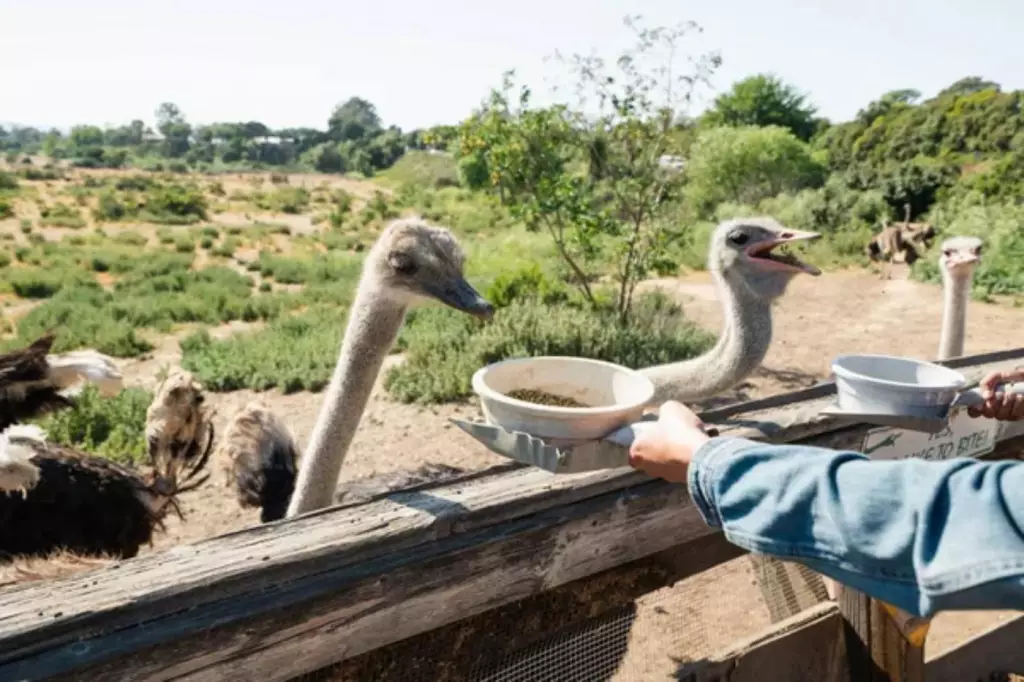
Invest in fencing & shelter
Investing in durable fencing and shelter protects your ostriches from predators and weather, reducing potential losses. This is a one-time expense with long-term benefits, as robust infrastructure requires minimal maintenance.
Planing out feeding & nutrition
Feed constitutes a significant part of ongoing costs. Implementing a cost-effective nutrition plan that doesn't compromise the health of your ostriches is essential. Bulk purchasing and proper feed storage can reduce expenses.
Regular vet visits and monitoring
Routine veterinary care and regular monitoring of health can preempt and prevent costly medical interventions later on. Simple training for routine health checks can save time and veterinary costs.
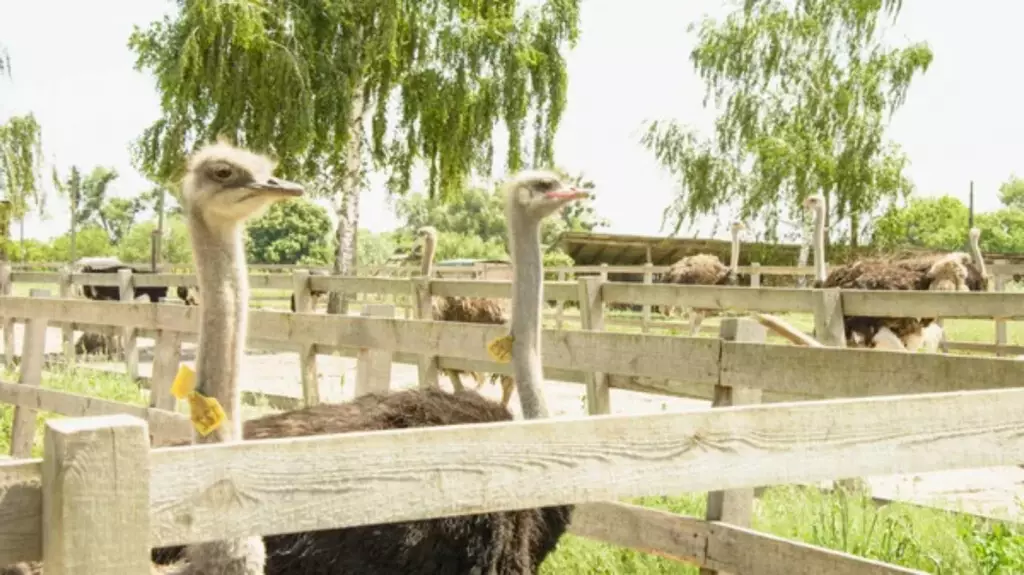
Labor & efficiency
Effective time management and task delegation ensure that daily activities are accomplished without unnecessary labor costs. Incorporate automation where possible to maintain a lean operation.
You can get more tips on how to reduce smallholding costs in this article.

